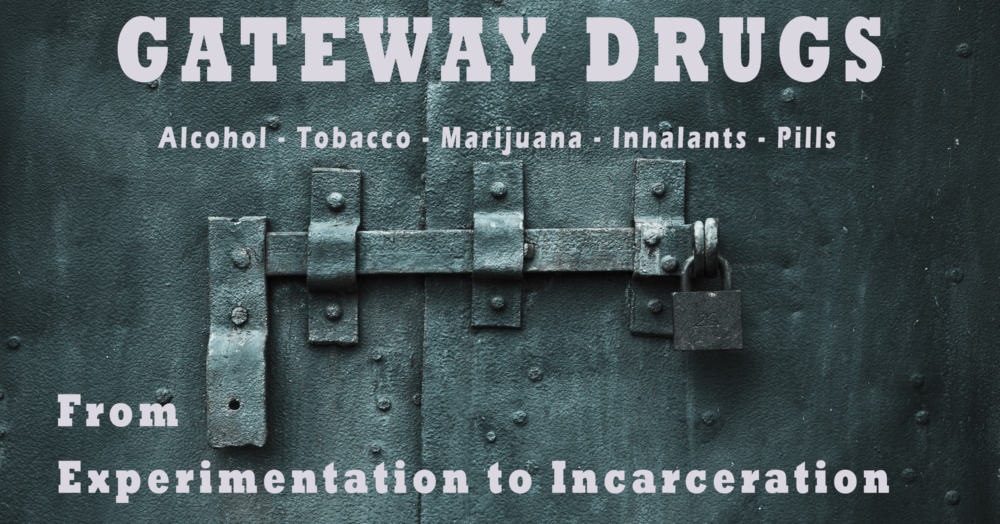Looking Behind the Label: Alcohol and Energy Drinks
by Sgt. CJ Crawford, Greenville Police Department, is the 2011 Secretary
for the DFG Board of Directors
There is a new breed of alcoholic drinks on the market: caffeinated alcoholic beverages (CAB’s). Drinks like Spark, Four Loko, Joose, Moonshot, and Core High Gravity HG are highly alcoholic “energy” drinks. They appeal to the younger generation because they feel they can keep drinking since there is caffeine in the beverage and they won’t get as tired. Medical experts, however, have expressed concern that caffeine mixed with alcohol is a uniquely dangerous combination. The CDC states: “When alcoholic beverages are mixed with energy drinks, a popular practice among youth, the caffeine in these drinks can mask the depressant effects of alcohol.
“Drinking alcohol and caffeine at the same time is like hitting the gas and the brake at the same time,” says John Higgins, UT Medical School at Houston. Caffeine in the drink keeps a person awake, prolongs the drinking session and masks drunkenness. The caffeine helps to disguise intoxication so you can drink more without realizing that you are drunk. The FDA, which has never approved adding caffeine to alcohol, is reviewing whether the drinks are safe and The FTC was asked to investigate whether the drinks, with colorful packaging and flavors like watermelon, blue raspberry and lemon-lime, are “explicitly designed to attract under-age drinkers.” Students around the country have said that these drinks were catching on among their peers because they were cheap and potent yet did not taste like alcohol.”
It is important to look beyond the flashy packaging and cute names to the contents and to do that we must understand the terms being used. Alcohol by volume (abbreviated as ABV) is a standard measure of how much alcohol is contained in an alcoholic beverage. The ABV standard is used worldwide. Many people are surprised to learn what counts as a drink. A “standard” drink contains about 0.6 fluid ounces or 14 grams of “pure” alcohol. Although the drinks below are different sizes, each contains approximately the same amount of alcohol and counts as a single standard drink.
|
12 fl oz
of |
= 8-9 fl oz of
|
= 5 fl oz
of |
= 3-4 oz
of |
= 2-3 oz
of |
= 1.5 oz
of |
= 1.5 fl oz shot of
|
| regular beer (5%ABV) |
malt liquor (7%ABV) |
table wine (12%ABV) |
fortified wine (17%ABV) |
cordial, liqueur, or aperitif (24%ABV) |
brandy (a single shot) (40%ABV) |
80-proof spirits (40%ABV) |
Where would CAB’s fall? Remember, CAB’s usually contain 12% ABV, the same as table wine. A can of Four Loko is 23.5 ounces. If 5 ounces of 12% ABV table wine is one drink, how many drinks are contained in 23.5 ounces? (Hint: 4.7- Almost equal to drinking one bottle of wine by yourself…) A single Four Loko (12 percent ABV) puts a 160-pound male at about .13 percent BAC, however, caffeine may actually intensify alcohol absorption, so this is a low estimate. (FYI, the legal limit for DWI is .08…)
The bottom line is: be knowledgeable and make informed decisions. High levels of caffeine can boost heart rate and blood pressure, according to National Institute of Health. Mixing these drinks with alcohol further increases the risk of heart rhythm problems.
Some say that the brightly colored cans Four Loko comes in look like iced tea, soda or energy drink containers, and that it is easy to mistake the product for nonalcoholic drinks. I say, if you plan on using the “I thought it was iced tea” defense in court, give me a call. I really want to be there.
